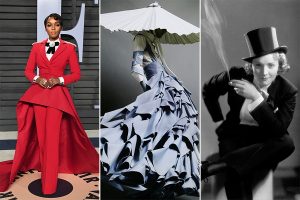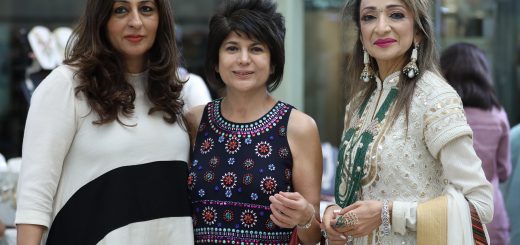Gender role in Haute Couture

Riya Yadav, INN/Gwalior, @infodeaofficial
The concept of gender equality fluidity is now spreading across haute couture. Whether it means including men’s silhouettes alongside the more familiar work designed for a female client or deliberately fluid styles in a high-fashion collection, the expectations printed designs are changing fast.
Watching male and female models stride down the runways in tandem as more designers combined their women’s and men’s collections and in 2017 New York fashion week raised the questions of what is masculine and what is feminine, how much those distinctions matter, and who gets to decide.
Depending on which show you viewed, it’s fine for men for sport blue boas or fishnet shirts with a bow .or for women and men to wear virtually interchangeable clothes, in restrained. Or for women to feminize the puffer by wearing it off the shoulder, cinched at the waist.
Fashion has crossed many of these lines for a year, of course. Women have long appropriated men’s clothes for comfort and authority.
IN the 1960s long-haired men in paisley, floral, and bell-bottoms defied conventions of what men were supposed to look like and what clothes they were supposed to wear.

By showing the women’s and men’s lines together allowed for rapid-fire consideration of what the differences were. Designers used the same fabrics for many of the men’s and women’s collections. In some cases, the tailoring seemed uncannily similar.
Many designers included accessories that once would have been thought exclusively feminine or masculine on both male and female models.
Fashion, like society, is not opting for hard and fast rules yet each designer brought a particular sensibility to the gender continuum.
As with the other runway shows, combining men and women allowed the designers to present one aesthetic and show how it applied to each gender.
Generally, the men’s and women’s looks we’re not interchangeable; rather, men were in recognizable men’s clothes, and women were more often in dresses and skirts, with bare shoulders and material gathered in artful folds.
It was a brasher vision than Calvin Klein’s, further along, the continuum of sexual distinction.
In the end, designers ran the gamut, from blurring the lines between men and women to embracing them, sometimes in the same collection.
It may be that fashion’s refusal to decide, to render anyone verdict, is as radical as some of the more overtly political statements made this week on the runways.




